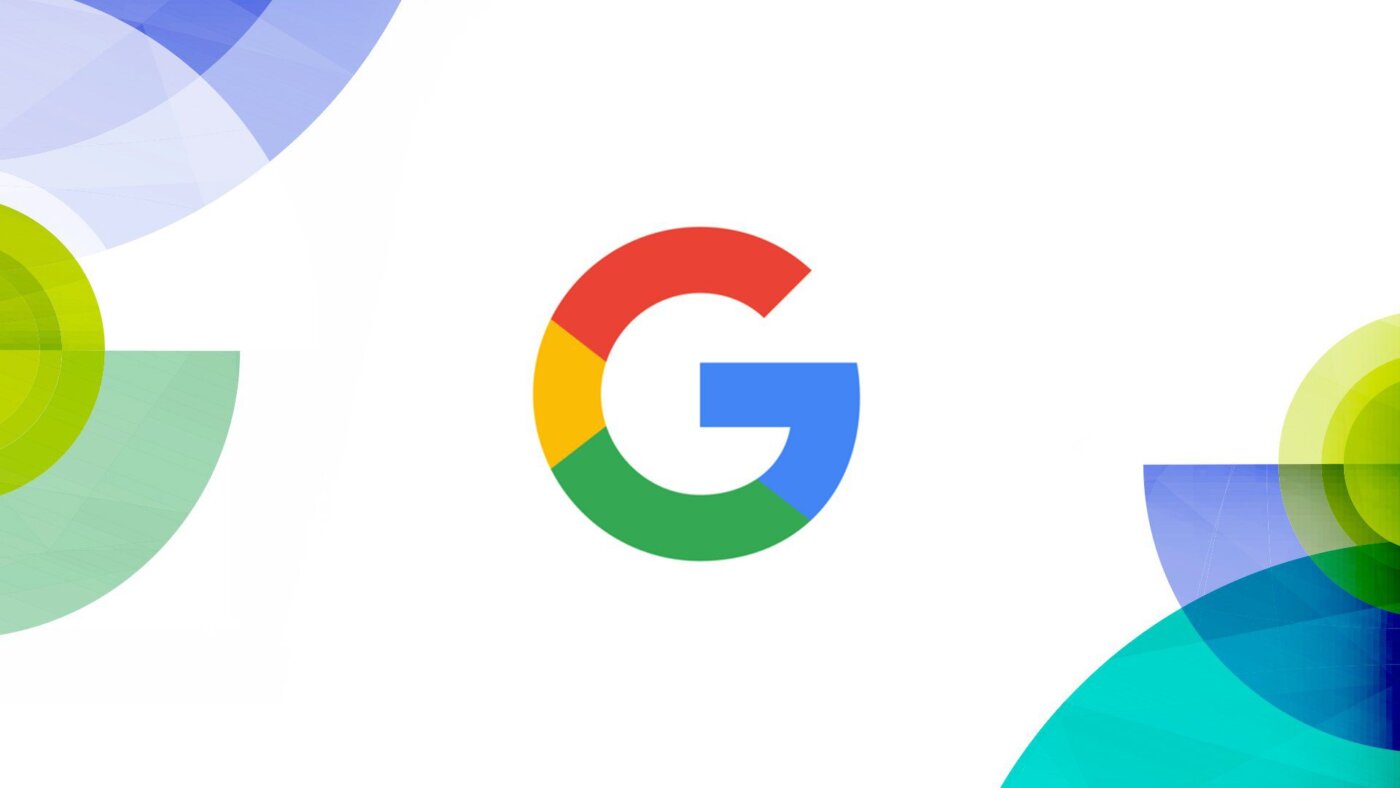Google is reportedly splitting its augmented reality (AR) division into two separate units – one for hardware and another for the ecosystem.
The move is being seen as an effort by the tech giant to further integrate AR into its product lineup and strengthen its position in the market.
Smart Glasses & head-mounted display

The hardware team will be responsible for developing the physical devices that will enable users to experience AR, such as smart glasses or head-mounted displays.
Meanwhile, the ecosystem team will focus on developing the software and services that will support those devices and make AR more accessible to a wider range of users.
The move comes as AR technology is becoming increasingly popular, with major tech companies such as Apple, Microsoft, and Facebook investing heavily in the space.
Google has already made some strides in the AR field with its Tango platform

For which google uses computer vision to enable devices to understand and interact with their physical surroundings.
The company has also developed AR software for its Pixel phones, which allows users to place digital objects in the real world and view them through the camera.
The split of the AR division is being seen as a sign that Google is doubling down on its AR efforts and is looking to compete more directly with its rivals.
By dedicating separate teams to hardware and ecosystem development, the company can ensure that both areas receive the resources and focus they need to succeed.
The hardware team is expected to work on developing new AR devices that will be more accessible to a wider range of users, such as lightweight and affordable smart glasses.
The team will also be tasked with improving existing AR devices, such as the Tango platform, to make them more user-friendly and accessible.
The ecosystem team, on the other hand, will focus on developing software and services that will support AR devices and make them more accessible to users.
This may include new AR apps, tools for developers, and cloud-based services that will enable users to store and share their AR content.
It is worth noting that Google has a long history of investing in cutting-edge technology, only to later abandon those efforts.
However, the company has shown a renewed commitment to AR in recent years, and the split of its AR division is a clear sign that it is taking the technology seriously.
The move also comes as the AR market is expected to grow significantly in the coming years.
According to market research firm IDC, the global AR market is expected to reach $160 billion by 2024, driven by the increasing popularity of AR devices and the growing number of AR applications.
In conclusion, the split of Google’s AR division into separate hardware and ecosystem teams is a clear sign that the tech giant is taking augmented reality technology seriously and is looking to compete more directly with its rivals.
By dedicating separate teams to hardware and ecosystem development, the company can ensure that both areas receive the resources and focus they need to succeed and drive the growth of the AR market.
Always be updated with us visit GeeksULTD for real-time updates







